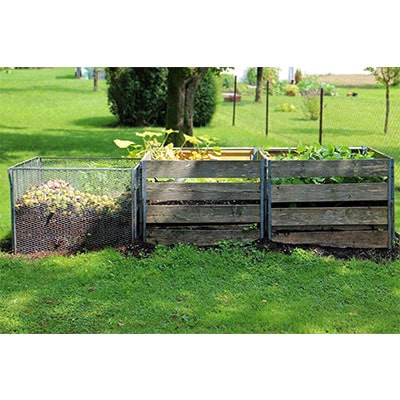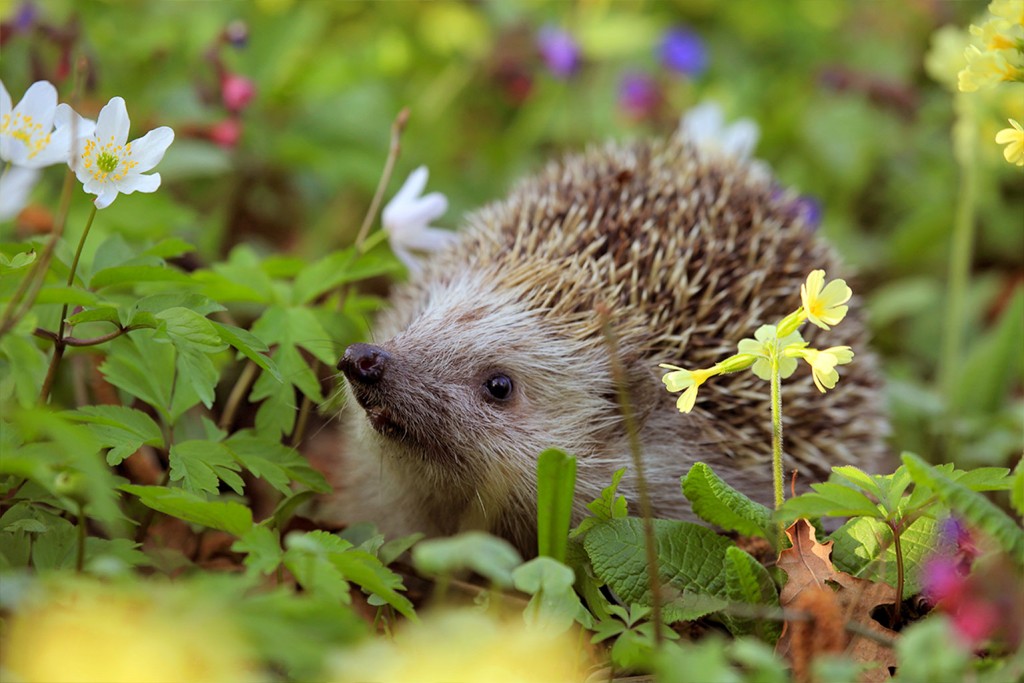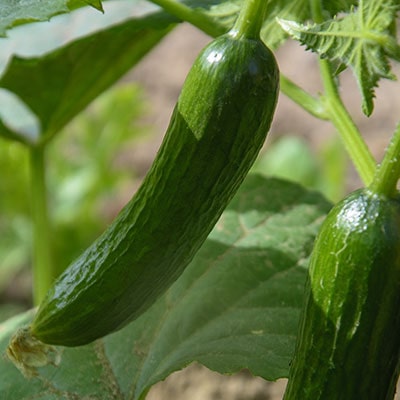
With so much emphasis on environmental issues, now is the perfect time to take control and start making the change towards an environmentally friendly garden. Our gardens are often missed out when we think about becoming environmentally friendly and while many of us are starting to realise the importance of eco-living, making your garden eco-friendly is one huge step towards reducing your carbon footprint.
What is Eco gardening?
Eco-friendly gardening is the forward thinking methods which responds to the threats of climate change and focuses on reducing emissions which occur during modern day gardening practices. Eco-friendly gardening also encourages the absorption of carbon dioxide by plants and soils in order to lessen the effects of global warming.
Whether or not your garden has a productive or purely ascetic purpose there are still small changes which you can make to head towards an eco-friendly garden.
Why is Eco gardening important and how can you make a difference?
Many of the practices and tools used for modern day gardening purposes actually hinder the environment rather than support it. It takes energy to grow products commercially – fuel in tractors, transportation costs etc. Many farmers use synthetic fertilisers which contaminate natural soil and inefficient watering systems which require energy to work. All of this can be reduced by following some of the simple actions which we will be sharing with you. Eco-friendly and organic gardening can hep to combat the main concerns of climate change – decreasing water reserves, wildlife habitat destruction, loss of diversity and chemically contaminated produce.
By adopting the eco-friendly gardening practices, whether you are a gardening novice or seasonal horticulturist, whether you have a small back yard or vast acres of land, you can enjoy the benefits of what eco-gardening has to offer and you can take pride in the fact that you are growing natural produce and materials as well as creating a viable, aesthetically pleasing and practical ecosystem for the future.
How to get started
Each change you make, whether small or large can help benefit the environment; we’ve put together a list of steps which you can take to create an environmentally friendly garden…
Make Compost
Creating your own compost heap is the perfect starting point as it cuts the need for chemicals and is great for recycling. Plants will benefit from this natural compost as well as cutting down your annual manure and compost costs. By recycling general garden and food waste you will reduce the amount you send to landfill as well as having a constant supply of fresh compost.
Composting Tips
- Place your compost heap on a level, well drained spot. This will speed up the process as it will help worms to get inside and start breaking it down.
- Natural garden waste breaks down quickly and will provide plenty of moisture and nitrogen. Household waste generally takes a little longer but will provide more carbon and fibre. Having a nice mixture of both will create the best compost for your garden.
- Use the right waste – Compost can be created using a surprising amount of household waste, did you know that you can add these?… Raw vegetables, crushed egg shells, fruit peel, teabags and even newspapers and cardboard.
- Keep your compost at the right consistency – If it’s too wet add dryer waste and if it’s too dry then add wetter waste.
- Give it a regular airing – Good compost will need airing now and then. Be sure to regularly turn the compost to give it an airing and balance out the waste.
You can buy a compost bin which will help with making your own compost – Prices start from just £39.99 on our Shedstore website and are the perfect solution to recycling your home and garden waste.
Save Water
Did you know that when at peak demand gardening can consume up to 70% of the UK’s water supply? There is a huge demand for this precious resource and a great way to have an eco-friendly garden is to preserve and save the water which you have.
A water butt can hold around 160 litres of water and refills very quickly, leaving you with more than enough water required to feed your garden. 24,000 litres of rainwater falls each year so it is highly recommended that we make the most of this and capture what nature gives us. Using a water butt can reduce your annual water bills as well as reducing your carbon footprint.
You can even invest in some ‘drought resistant’ plants such as lavender, cacti and verbena which are easy to look after as well as requiring far less water than others!
One mistake many gardeners make is over watering their plants – knowing how much water your plants need is key as most gardeners only check the surface level for moisture. If you check the soil which is as deep as your spade this is the best indication to see the moisture levels and then only water this space if the soil feels dry. Another tip for watering plants is to save it until the evening as less water will evaporate and your plants will retain more of their essential oxygen and nutrients.
Go organic and cut out chemicals
Man made pesticides can damage soil quality, pesticides produce some of the most harmful substances in the garden and this can be prevented by using ‘non-toxic’ chemical products which are 100% organic. These contain natural chemical compounds that don’t harm the environment and have very low toxicity levels which pose little risk to humans and animals.

Make a haven for wildlife
Inviting wildlife into your garden has many benefits. There is no better way to control slugs, caterpillars, snails and other plant-destroying creatures than allowing birds to feast on them. Hang bird feeders for birds to feast from and add a bird house to your garden to encourage them to come down and visit.
Planting wild flowers and others such as poppies, lavender and sunflowers can help insects such as bees to have a varied diet of nectar. Make a haven for wildlife – water, meadows, trees and shrubs will encourage wildlife into your garden and you will notice the number of different birds, insects, bats and amphibians you will see!
Don’t forget about the other critters that may be making your garden their home, keep an eye out for hedgehogs and other creatures which may have set up camp in your garden. Wood piles are the ideal home for hedgehogs and beetles whereas nettle patches may help some species of butterfly.

Grow your own
There’s nothing better than seeing the fruits of your labour and being able to eat the food which you have grown yourself in your garden with your bear hands! The fruit and veg grown in your own garden reduces the need for bringing in food from abroad which cuts down carbon emissions.
Remember that no change is too small, every step you make to creating an eco-garden will help to reduce your carbon footprint. Imagine feeding your family with natural and organically grown fruit and vegetables while looking out of the window and seeing your gardening efforts being appreciated by the local wildlife. There are over 16 million gardens in the UK alone, imagine if everyone took these small steps to creating an eco-garden, it would make a huge difference to the natural world.





